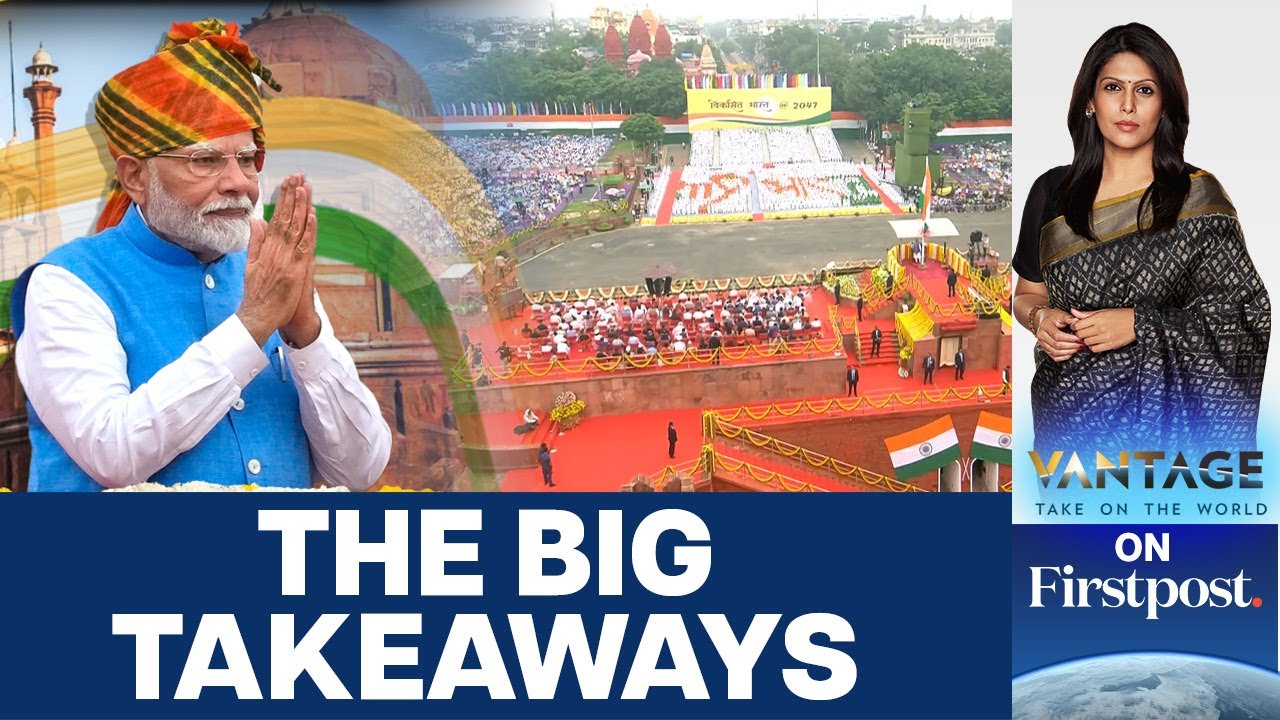Is Chandigarh a perfectly planned city? - Vikramāditya Prakāsh
Summary
TLDRChandigarh, envisioned by India's first prime minister Jawaharlal Nehru post-independence, symbolizes the nation's future aspirations. Despite initial challenges like budget constraints and displacement, the city was designed by architects Albert Mayer and Le Corbusier with innovative urban planning, prioritizing functionality and eco-friendliness. Chandigarh's unique layout, including the 7Vs road system and green spaces, has made it a model of sustainable living and a desirable city in India, showcasing the enduring legacy of its creators.
Takeaways
- 🇮🇳 India gained independence in 1947, but it was a costly event that resulted in the displacement of millions and the loss of many lives due to riots.
- 🏙️ The creation of Chandigarh was a key project for India's first prime minister, Jawaharlal Nehru, symbolizing a new beginning and unity for the nation.
- 💰 The project faced financial constraints, with a limited budget of 175 million rupees, which is equivalent to about 500 million US dollars today.
- 🏡 Public support for Chandigarh was initially low due to the displacement of local villages, but the government compensated the residents for their lands.
- 🏛️ The city's design was inspired by American architect Albert Mayer and later developed by French architect Le Corbusier, known for his modernist and functional approach to architecture.
- 🌳 Le Corbusier's design for Chandigarh included green spaces and a human body metaphor, with the main administrative area as the 'head' and a network of roads as the 'circulatory system'.
- 🛣️ The '7Vs' were a key part of Chandigarh's design, providing a hierarchical road system that connected the city internally and with other cities.
- 💓 Sector 17 was the heart of Chandigarh, a commercial district with shops, offices, and the main interstate bus terminal.
- 🍃 The city's 'lungs' were the continuous Leisure Valley, a series of green belts designed to increase green cover and provide access to fresh air and open space for residents.
- 🏢 Chandigarh's buildings were designed with passive cooling and ventilation, making use of natural sunlight and air flow, which has contributed to the city's eco-friendly reputation.
- 🌐 Despite some issues like housing segregation and a lack of industrial development, Chandigarh has aged well and is recognized for its high quality of life and greenery.
Q & A
When did India achieve independence from British rule?
-India achieved independence from British rule in 1947.
What was one of the significant costs of India's independence?
-One significant cost of India's independence was the displacement of over 10 million residents and riots that resulted in the deaths of approximately 1 million people.
Who was India's first prime minister and what was his vision for the country?
-India's first prime minister was Jawaharlal Nehru, and he was eager to usher his country towards a brighter, united future.
What project was essential to Nehru's vision of a united future for India?
-The construction of Chandigarh, a modern metropolis, was essential to Nehru's vision of a united future for India.
What budget was allocated for the construction of Chandigarh, and how does it compare to modern standards?
-A budget of 175 million rupees was allocated for the construction of Chandigarh, which is the modern equivalent of roughly 500 million US dollars, barely enough to build a pair of skyscrapers today.
Why did the project of constructing Chandigarh have low public support initially?
-The project had low public support initially because the plans required the further displacement of local villages.
Who was the first architect commissioned for Chandigarh, and why did he leave the project?
-American architect Albert Mayer was the first architect commissioned for Chandigarh, and he left the project due to the death of his business partner.
Which renowned architect took over the Chandigarh project after Albert Mayer, and what was his design philosophy?
-Renowned French architect Le Corbusier took over the project after Albert Mayer. His design philosophy prioritized functional designs devoid of ornamentation, championing unornamented concrete for efficient structures.
How did Le Corbusier metaphorically describe Chandigarh's urban environment in his designs?
-Le Corbusier introduced the metaphor of a human body to describe and design Chandigarh's urban environment, with different parts of the city representing different body parts such as the head, circulatory system, heart, and lungs.
What were some of the key features of Chandigarh's design that contributed to its energy efficiency?
-Key features contributing to Chandigarh's energy efficiency included passive cooling and ventilation built into every structure, overhangs for shade and heat regulation, and rooms with direct access to adequate sunlight and ventilation.
What are some of the challenges and successes of Chandigarh's design mentioned in the script?
-Challenges of Chandigarh's design included segregation between affluent and less affluent housing areas and limited industrial development. Successes included thousands of trees and open spaces making it one of India's greenest cities, and its high quality of life making it a desirable place to live.
Outlines

このセクションは有料ユーザー限定です。 アクセスするには、アップグレードをお願いします。
今すぐアップグレードMindmap

このセクションは有料ユーザー限定です。 アクセスするには、アップグレードをお願いします。
今すぐアップグレードKeywords

このセクションは有料ユーザー限定です。 アクセスするには、アップグレードをお願いします。
今すぐアップグレードHighlights

このセクションは有料ユーザー限定です。 アクセスするには、アップグレードをお願いします。
今すぐアップグレードTranscripts

このセクションは有料ユーザー限定です。 アクセスするには、アップグレードをお願いします。
今すぐアップグレード関連動画をさらに表示

INDIAN ECONOMY 1950 to 1990 class 12 ONE SHOT | GAURAV JAIN

Ashwini Upadhyay ने Congress को जमकर लताड़ा, याद दिला दिया काला इतिहास!

Was Nehru a Womanizer? | Reality of Nehru | Dhruv Rathee

Modi on Independence Day: Uniform Civil Code, Economy, Olympics & More | Vantage with Palki Sharma

Tryst with Destiny | Jawaharlal Nehru

Why Did Nehru Reject VETO Power? | Favouring China Over India | Abhijit Chavda
5.0 / 5 (0 votes)
